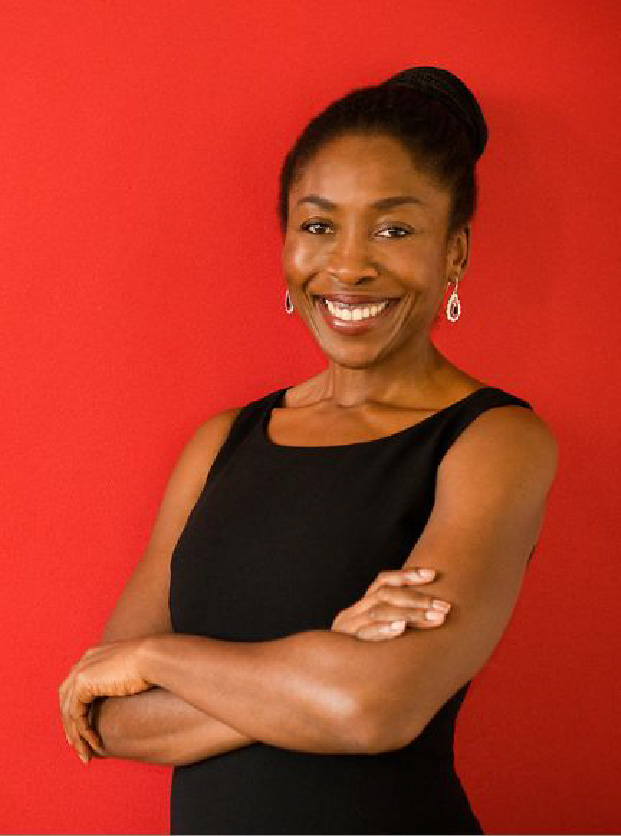It was interesting to observe the frenzied reporting last week as time literally ran out for companies with more than 250 employees to publish their Gender Pay Gap Statistics. What was of particular interest to me was that for all intents and purposes the statistics that were being discussed and reported added no real value in bringing clarity to what is really going on in the employment market with regard to pay disparity, pay inequality, diversity and inclusion.
According to the Office of National Statistics:
“The gender pay gap is defined as the difference in median pay between men and women……. calculated as the difference between median gross hourly earnings (excluding overtime) as a proportion of median gross hourly earnings (excluding overtime) for men.”
So in non-stats speak, if you were to line up all the men in in a company and order them from lowest to highest hourly pay (excluding over time), and do the same for women, then pick the man and woman in the middle of each line up, subtract the hourly pay of that women from that man then divide that figure by the man’s hourly pay figure – then voila you have the Gender Pay Gap.
OK. So what does that really tell us …..
NOTHING.
The current reporting requirements from organisations sheds no real light on or bring increased clarity to the real issues around pay, gender and diversity in organisations. It does not measure the pay differences between men and women at the same pay grade, it does not measure the pay differences between men and women doing the same job, nor does it measure the pay differences between men and women with the same working patterns. The current reporting requirement does not take into account any personal demographic or socio-economic characteristics like age, tenure or education, limitations the Office of National Statistics is well aware of as they have highlighted these issue themselves.
So what is the point of the exercise if the information needed to get a true picture about pay and discrimination in the work place is not being reported or publicised?
If the statistics that are being published are distorted, misleading and in some cases painting an inaccurate picture of gender, pay and diversity in the workplace, how can this reporting add real value to the serious conversations that need to take place and facilitate and inform the real strategic changes required to make the work place more equitable?
Yes the statistics being published are headline grabbing but to illicit real change we need to dig deeper to see what is sitting behind them. We already know the situation is bad in some organisations and horrendous in others so why is the government asking companies and organisations to publish the 14 data points it has requested when they are aware the results that will be submitted are not nuanced or detailed enough to have an open and honest discussion, and facilitate real action and accountability?
So what should companies be analysing, reporting and publishing?
What statistics do we need to see to really have an informed discussion and more importantly to enable the development of actionable, measurable strategies and targets organisations can be held accountable to and for? Here are just eight additional filters that could be added to the data points organisation should be mandated to report to make the Gender Pay Gap debate more meaningful and actionable:
-
Proportion of men and women employees by occupation and working pattern
-
Proportion of full-time men and women employees by pay grade
-
Proportion of full-time men and women employees by pay grade and diversity
-
The Mean and Median Gender Pay Gap by occupation and working pattern,
-
The Mean and Median Gender Pay Gap by pay grade
-
The Mean and Median Gender Pay Gap by pay grade and diversity
-
The Mean and Median Gender Pay Gap by job tenure and working pattern,
-
The Mean and Median Gender Pay Gap by job tenure and pay grade
What is actually being reported with regard to the gender pay gap debate is not a fair representation of what is going on because we are not asking the right questions, so how meaningful or useful is the reported data?
We need more pertinent and useful reporting by organisations so we can begin to answer the questions and come up with sustainable solutions as to how to get more women into more senior roles and more importantly how to keep them there.
The additional statistics I have suggested should help us to begin to do this as the analysis will help highlight some of the deep seated and underlying reasons for the pay disparities – like why women are in lower grades and lower paid jobs, the effect of motherhood and care commitments, and unconscious bias – not just on gender but also in diversity and age.
Can we really claim anything from the data that has been presented other than we have a pretty serious Pay Gap Issue?
We kind of knew that already, so now what? I’m pretty sure the raw data needed to provide meaningful reporting by organisations exists and is easily accessible, as will be the analytical capability to interpret it in a valuable way. The Government and Organisations should be commended for what they have done so far, but to bring true equality to the work place, make lasting change and enable our economy to grow by exploiting all of its potential from both women and men, we need to understand what the actual issues are.
Taking a median measurement across an organisation is not the way.
Are you an Organisation that needs some support or fresh thinking around your Gender Pay Issues, retaining female talent and increasing diversity in senior positions? Get in touch – I would love to help – [email protected], www.patriciaezechie.com


